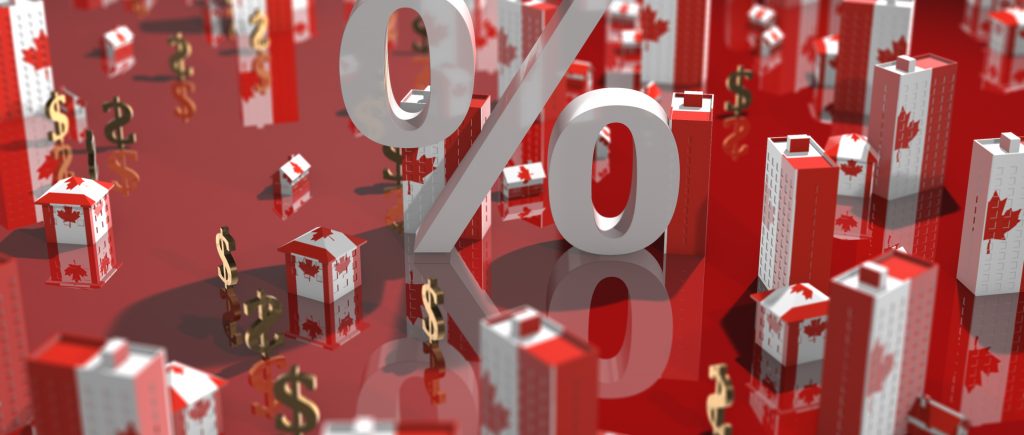The Canadian Dollar (CAD) experienced a notable surge against the US Dollar (USD), buoyed by unexpectedly robust first-quarter Gross Domestic Product (GDP) growth figures. However, this headline strength belies underlying vulnerabilities within the Canadian economy, while the US Dollar continues to grapple with the unpredictable fallout from ongoing trade policy turmoil.
Canada’s Growth: A Closer Look
Canada’s economy expanded by an annualized 2.2% in the first quarter, surpassing market forecasts and propelling the Canadian Dollar to within sight of recent six-month highs against the Greenback. This stronger-than-anticipated growth initially trimmed expectations for further interest rate cuts from the Bank of Canada (BoC), with market participants now pricing in an 80% chance of the central bank holding its policy rate at the upcoming meeting.
Yet, a deeper examination of the GDP report reveals a more complex picture. Overall consumer spending in Canada actually slowed during the first quarter. The impressive headline growth was largely attributed to a surge in both imports and exports, as businesses strategically accelerated the movement and stockpiling of goods in anticipation of the Trump administration’s global tariff announcements. Furthermore, the previous quarter’s GDP growth was revised downward, and Canadian employment data highlights a widening unemployment gap, particularly among younger demographics. This suggests that while the economy appeared to gain momentum, some of the underlying drivers of growth may be temporary or conceal deeper structural issues.
The US Dollar’s Trade-Induced Woes
The US Dollar remains under pressure, oscillating near multi-year lows, largely due to the pervasive uncertainty generated by President Trump’s trade policies. Despite recent legal challenges that briefly deemed some tariffs illegal, the administration’s swift appeal ensured the reinstatement of most duties. This ongoing legal and political back-and-forth injects significant unpredictability into global trade, making it difficult for businesses and markets to plan.
The broader “Sell America” sentiment, driven by concerns over expanding fiscal deficits and the weaponization of trade policies, also weighs on the US Dollar. This environment has provided other currencies, like the Canadian Dollar, with opportunities to gain ground amidst the Greenback’s internal struggles.
A Shifting Monetary Policy Landscape
The upbeat GDP figures in Canada have prompted a reassessment of the Bank of Canada’s monetary policy path. The stronger growth reduces the immediate pressure for an interest rate cut, allowing the central bank to maintain a more cautious stance as it observes how the economy evolves amidst global trade uncertainties.
Conversely, the US Federal Reserve’s position is still heavily influenced by its own inflation dynamics and the broader implications of trade policy volatility. This creates a divergence in central bank outlooks, with the Bank of Canada potentially holding rates steady while the Federal Reserve continues to navigate its complex mandate amidst unpredictable external pressures. The interplay between these domestic and international economic forces will continue to shape the direction of the Canadian Dollar against the US Dollar in the near term.
 Noor Trends News, Technical Analysis, Educational Tools and Recommendations
Noor Trends News, Technical Analysis, Educational Tools and Recommendations





